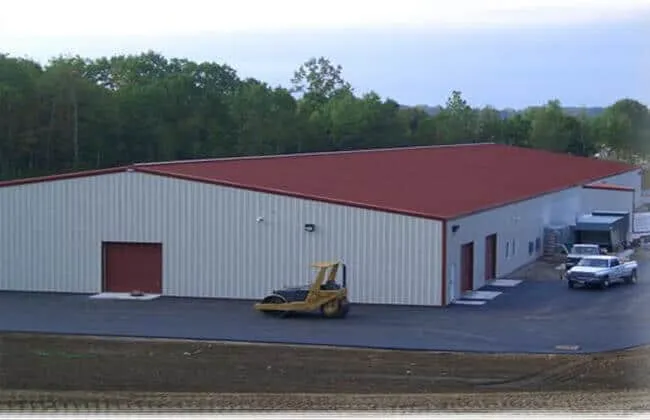- Afrikaans
- Albanian
- Amharic
- Arabic
- Armenian
- Azerbaijani
- Basque
- Belarusian
- Bengali
- Bosnian
- Bulgarian
- Catalan
- Cebuano
- Corsican
- Croatian
- Czech
- Danish
- Dutch
- English
- Esperanto
- Estonian
- Finnish
- French
- Frisian
- Galician
- Georgian
- German
- Greek
- Gujarati
- Haitian Creole
- hausa
- hawaiian
- Hebrew
- Hindi
- Miao
- Hungarian
- Icelandic
- igbo
- Indonesian
- irish
- Italian
- Japanese
- Javanese
- Kannada
- kazakh
- Khmer
- Rwandese
- Korean
- Kurdish
- Kyrgyz
- Lao
- Latin
- Latvian
- Lithuanian
- Luxembourgish
- Macedonian
- Malgashi
- Malay
- Malayalam
- Maltese
- Maori
- Marathi
- Mongolian
- Myanmar
- Nepali
- Norwegian
- Norwegian
- Occitan
- Pashto
- Persian
- Polish
- Portuguese
- Punjabi
- Romanian
- Russian
- Samoan
- Scottish Gaelic
- Serbian
- Sesotho
- Shona
- Sindhi
- Sinhala
- Slovak
- Slovenian
- Somali
- Spanish
- Sundanese
- Swahili
- Swedish
- Tagalog
- Tajik
- Tamil
- Tatar
- Telugu
- Thai
- Turkish
- Turkmen
- Ukrainian
- Urdu
- Uighur
- Uzbek
- Vietnamese
- Welsh
- Bantu
- Yiddish
- Yoruba
- Zulu
pro . 28, 2024 13:47 Back to list
Building Steel Design An Overview
Building steel design plays a pivotal role in modern architecture and construction. Steel, known for its strength, durability, and versatility, has become a preferred material for constructing a variety of structures, from commercial buildings to bridges and industrial facilities. This article explores the principles of building steel design, the benefits of using steel in construction, and the current trends that shape the future of this vital industry.
Principles of Steel Design
At the core of effective steel design are several fundamental principles. Firstly, engineers must ensure that structures can withstand the loads they are subjected to throughout their lifespan. This involves understanding different types of loads dead loads (permanent/static loads such as the weight of the structure itself), live loads (temporary/dynamic loads including occupancy and furniture), and environmental loads (wind, seismic, and snow loads).
The design process begins with the selection of appropriate steel grades, which can vary in terms of tensile strength, ductility, and weldability. Common steel grades, such as ASTM A36 for general applications and ASTM A992 for structural steel, provide engineers with a range of options suitable for different conditions.
Once the materials are selected, steel members are designed using various configurations, including beams, columns, and trusses. Computational methods, such as finite element analysis (FEA), allow engineers to simulate performance under varying conditions, ensuring the integrity and safety of the structure.
Benefits of Using Steel
The advantages of steel as a building material are numerous. Firstly, its exceptional strength-to-weight ratio allows for the construction of lighter structures without compromising safety. This characteristic translates into cost savings in foundation work and overall materials used.
building steel design

Steel is also highly durable and offers significant resistance to corrosion, making it an ideal choice for structures that need to withstand environmental stresses. Additionally, steel is recyclable, promoting sustainability in construction. The ability to reuse steel components reduces waste and minimizes the environmental impact of building activities.
Furthermore, construction speed is markedly improved with steel. Prefabrication of steel components in controlled environments allows for quicker assembly on-site, reducing labor costs and project timelines. This efficiency is particularly beneficial in large-scale projects where timely completion is crucial.
Current Trends in Steel Design
The landscape of building steel design is evolving, influenced by advancements in technology and changing societal needs. One prominent trend is the integration of Building Information Modeling (BIM) in the design process. BIM enables architects and engineers to create detailed digital representations of physical and functional characteristics of buildings, enhancing collaboration and reducing errors during construction.
Another notable trend is the emphasis on sustainability. Designers are increasingly focused on minimizing the carbon footprint of steel production, exploring innovative methods like using low-carbon steels and optimizing designs for reduced material usage. Moreover, the movement toward modular construction is gaining traction, with prefabricated steel components allowing for quicker assembly and decreased waste.
Finally, the rise of smart buildings incorporating technology to improve efficiency and comfort is propelling the need for advanced steel designs. Structural components are now being designed with embedded sensors that monitor performance and maintenance needs, further enhancing the longevity and safety of steel structures.
Conclusion
Building steel design is a crucial aspect of modern construction, blending engineering principles with innovative practices to create safe, efficient, and sustainable structures. As technology continues to evolve, so too will the methods and materials used in steel design, ensuring that it remains at the forefront of the construction industry for years to come. Whether one considers the immediate benefits of speed and strength or the long-term sustainability of steel use, it is clear that steel will continue to be a cornerstone of architectural design and construction.
-
Cold Formed Steel Residential Framing
NewsMay.21,2025
-
Innovative Steel Structure Building Solutions
NewsMay.19,2025
-
Innovative Prefab Metal Shed Solutions
NewsMay.19,2025
-
Durable Steel Horse Shelter Solutions
NewsMay.19,2025
-
Durable Metal Shed Solutions
NewsMay.19,2025
-
Durable Big Metal Shed Solutions
NewsMay.19,2025
Products categories
Our Latest News
We have a professional design team and an excellent production and construction team.












